We must crave rituals, for we invent them endlessly. We sleep on the same side of the bed nightly. When we participate in a class, we often end up sitting in the same seats throughout the course that we chose the first day. We go through periods of eating the same thing for breakfast.
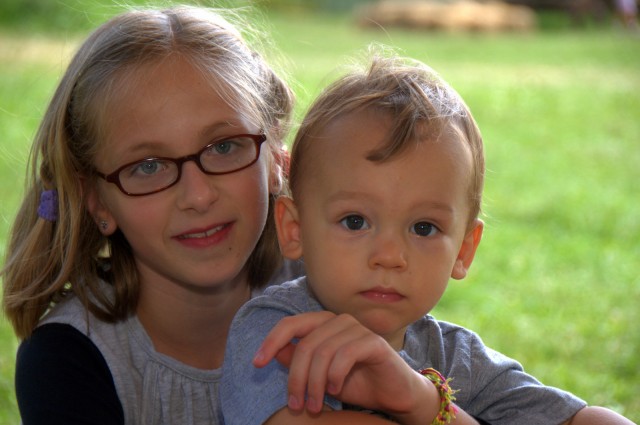
It’s easy to understand why: ritual makes life comfortable because it provides signposts for our lives. It adds predictability and stability, and early humans certainly lacked both of those, I would say.
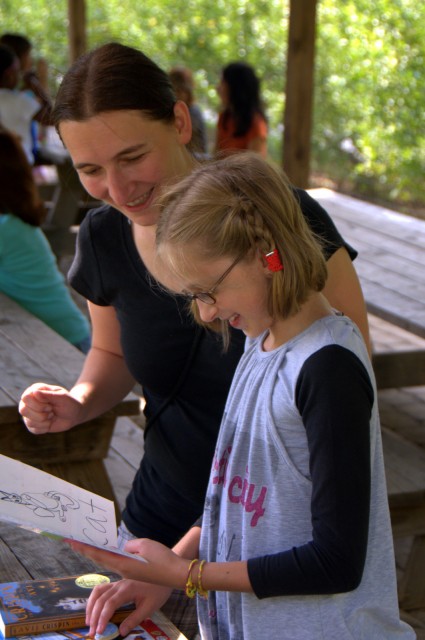
Some rituals are natural: it doesn’t take much thought to understand, for example, where birthday celebrations come from. Birthdays come around every year, whether we want them to or not, whether we’re aware of them or not.
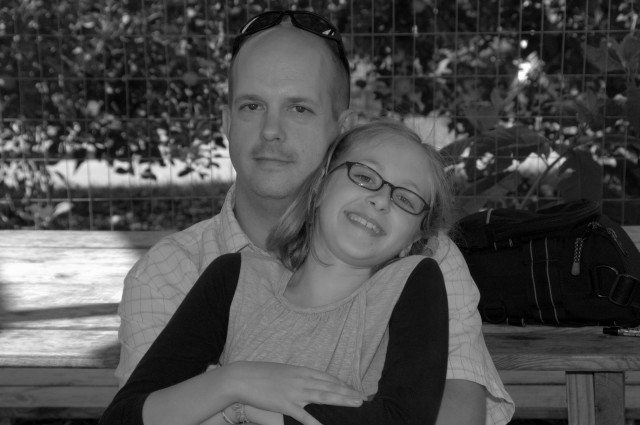
Other rituals, like cuddling up with a family friend who is in many ways more like simply family, come from the comfort they bring. Sweet conversations about school, the difficulty of speaking Polish, listening to your mother — these are things we repeat simply because they make soul glow just a bit brighter.
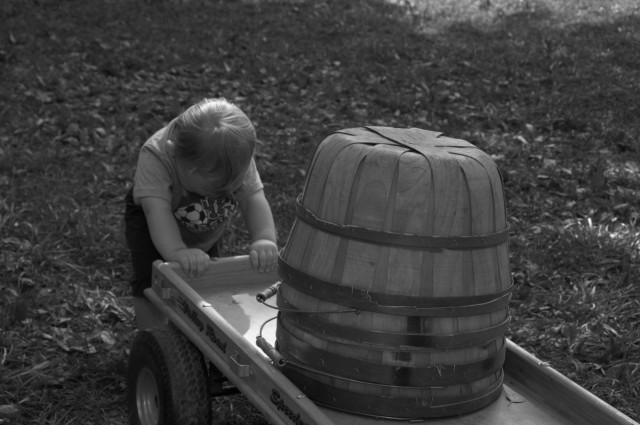
Some rituals are flexible, born out of obsession, such as an obsession with pushing, pulling, tugging, conjoling, and wrestling anything and everything that’s bigger than you are.
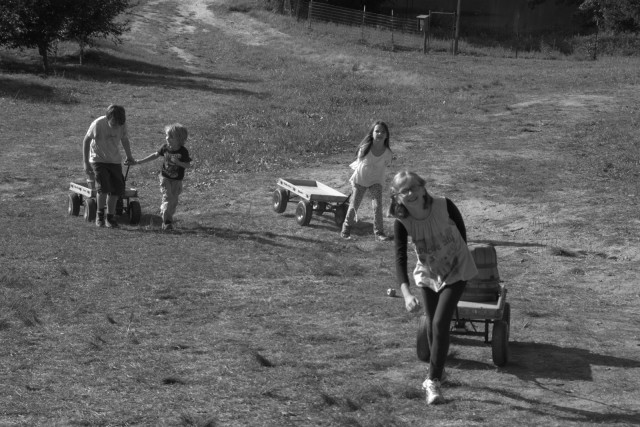
Still other rituals receive their form from the calendar: seasonal rituals are beyond the control of even the most OCD toddler or desparate-for-an-outing parents. Apples cannot be hurried, and we cannot make an autumnal ritual repeat in December just because.

We pick up most of these rituals by watching others do them. All the parishioners at our church genuflect and make the sign of the cross before entering the row of pews. It’s not something I’d ever seen in Poland, and K has never really done it. As such, I’ve never really done it. L took it upon herself to do so this morning at Mass. Perhaps she’s creating her own personal ritual by watching others’ traditions.
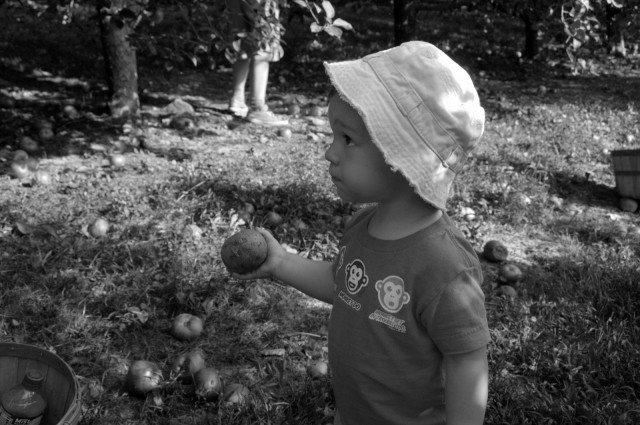
The Boy is keen on such watch-and-learn rituals. He knocks on closed doors when he sees them, and every time he passes something that’s off limits, he reminds himself and others with a shake of the finger and the Polish equivalent of “no-no.”

And rituals often themselves contain sub-rituals. A visit to the orchard, which often includes the usual suspects, always concludes with a group portrait — or a semi-group portrait, because someone has to take the picture.
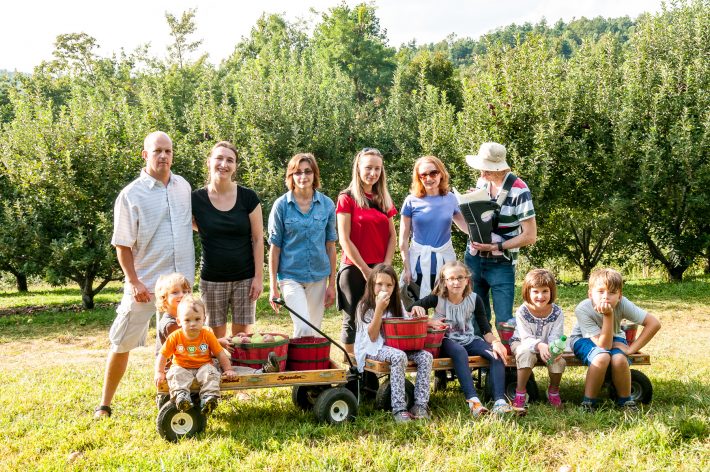
Just like someone has to push the cart.
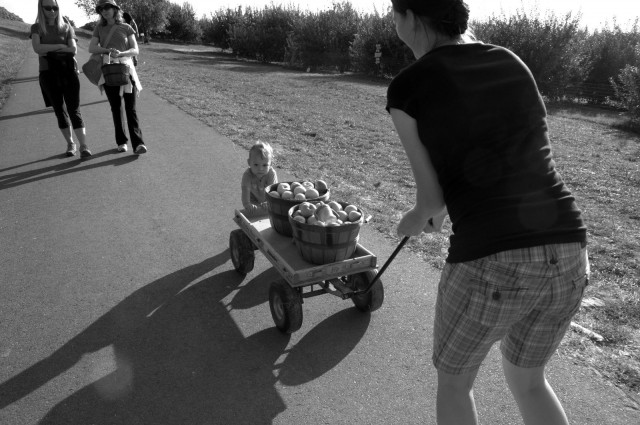
It’s ritual. It’s habit. It’s life.

